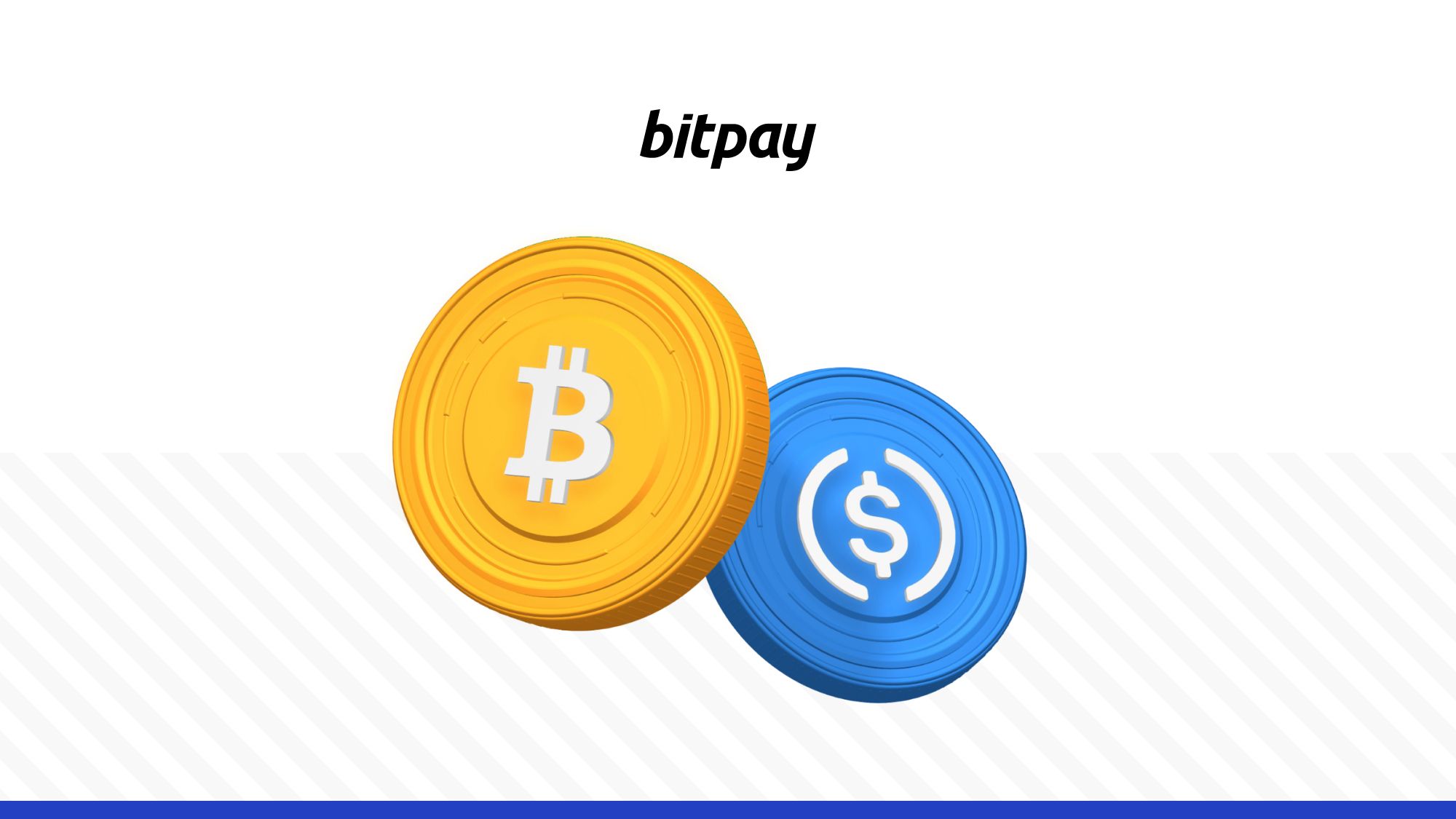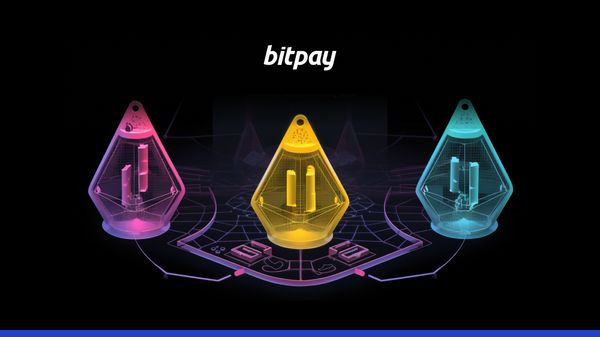The terms “coin” and “token” are often used interchangeably in crypto, but they are not the same.
Coins function as a form of money, while tokens can be used for a variety of purposes.
A coin is native to its Layer-1 blockchain, whereas tokens are created on top of existing chains.
At first glance, it may seem as though all cryptocurrencies are essentially the same. A crypto token is a crypto token, right? Well, not exactly.
Coins and tokens have different origins, use cases, and technological underpinnings. This distinction is an important one for anyone hoping to understand cryptocurrency on a deeper level.
Keep reading to learn more about the difference between coins and tokens.
What are cryptocurrency coins?
A crypto coin is a cryptocurrency native to its blockchain. For example:
- Bitcoin’s blockchain coin is BTC
- Ethereum’s blockchain coin is ETH
- Litecoin’s blockchain coin is LTC
The primary purpose of these coins is to serve as 1) a store of value and 2) a medium of exchange. In this manner, they function much like other currencies or forms of money.
One particular aspect of crypto coins that differentiates them from crypto tokens is how coins are created (proof of work vs proof of stake). Most often, coins are either mined into existence through a process called proof of work (PoW), or created through staking by a proof of stake (PoS) protocol.
Some common proof of work coins include Bitcoin (BTC) and Litecoin (LTC). Both of these are coins native to their respective blockchains. When miners find a new block, they receive new coins as a reward for securing the network. This incentivizes people and groups to mine on their own, helping to keep the network decentralized.
Litecoin is an early fork of Bitcoin that uses the Scrypt algorithm, as opposed to Bitcoin’s SHA-256 algorithm. Several parameters of the Bitcoin protocol were altered to create Litecoin, such as:
- A maximum supply of 84 million instead of 21 million
- Average block time of 2.5 minutes instead of 10 minutes
- Halved every 840,000 blocks instead of 210,000
These changes were intended to make Litecoin a faster and cheaper alternative to Bitcoin’s base layer transactions.
As for proof of stake, two popular examples include Ethereum’s ETH and Cardano’s ADA. Both of these coins had a pre-mine, meaning some or all of the supply was created at inception. Instead of miners using computing power to secure the network, PoS blockchains rely on “validators” to secure the network by locking up or “staking” tokens. The larger the stake, the greater the potential rewards.
Cardano and Ethereum are both smart contract platforms, allowing developers to create programmatic agreements that can execute automatically when certain conditions are met. This innovation has allowed for many decentralized applications to be invented, as well as innovations like NFTs, and the ETH and ADA coins play a central role as the currency that fuels related transactions.
What are cryptocurrency tokens?
One key difference between a cryptocurrency coin vs token is that tokens are built on top of a blockchain rather than being native to it. In other words, the difference between a token and coin is that a token can be created in addition to the blockchain’s base layer native coin. This feature also allows for potential interoperability, or the ability for a token to be used on several different blockchains.
Tokens can be developed for a wide range of use cases other than being a form of money. The most common types of tokens are:
- Utility tokens
- Governance tokens
- Security tokens
- Non-fungible tokens (NFTs)
Utility tokens can provide a way for users to do things like play games, access decentralized services, or, in the case of the Brave browser, avoid ads and tip content creators. Some tokens also give users the right to vote on proposed changes to the protocol and are therefore called governance tokens.
Security tokens represent tokenized securities. These tokens could be digital representations of almost any type of asset, including insurance policies, equities, or bonds.
Non-fungible tokens (NFT)s are unique tokens that cannot be replicated. Users can mint NFTs to create digital art, music, and more. The token has an original marker on the blockchain proving that the person who owns the wallet the NFT lies in does in fact own the token.
A few popular examples of crypto tokens include Tether (USDT), USDC, and Uniswap (UNI). USDT is the largest stablecoin by market cap, providing a way for investors to move into dollars while remaining within the crypto ecosystem. UNI is Uniswap’s governance token. Uniswap is a decentralized exchange That allows users to swap between different tokens without needing a third-party intermediary.
The Takeaway
The differences between coins vs tokens are subtle yet significant. A coin is always native to its blockchain, and there can only be one native token for any chain. Tokens, however, get built on top of an existing network, meaning one blockchain can have multiple tokens. Ethereum, for example, has a plethora of ERC-20 tokens (utility tokens) and ERC-721 tokens (NFTs) built atop its protocol.
Knowing what is a token vs a coin can be important when deciding which cryptocurrencies to use or invest in. Depending on what someone wants to achieve in the crypto ecosystem, they may have to decide whether to use a coin vs a token.
On an exchange, all cryptocurrencies look the same. But underneath the hood, there are differences like those between coins vs tokens that dedicated investors tend to know about in-depth.


